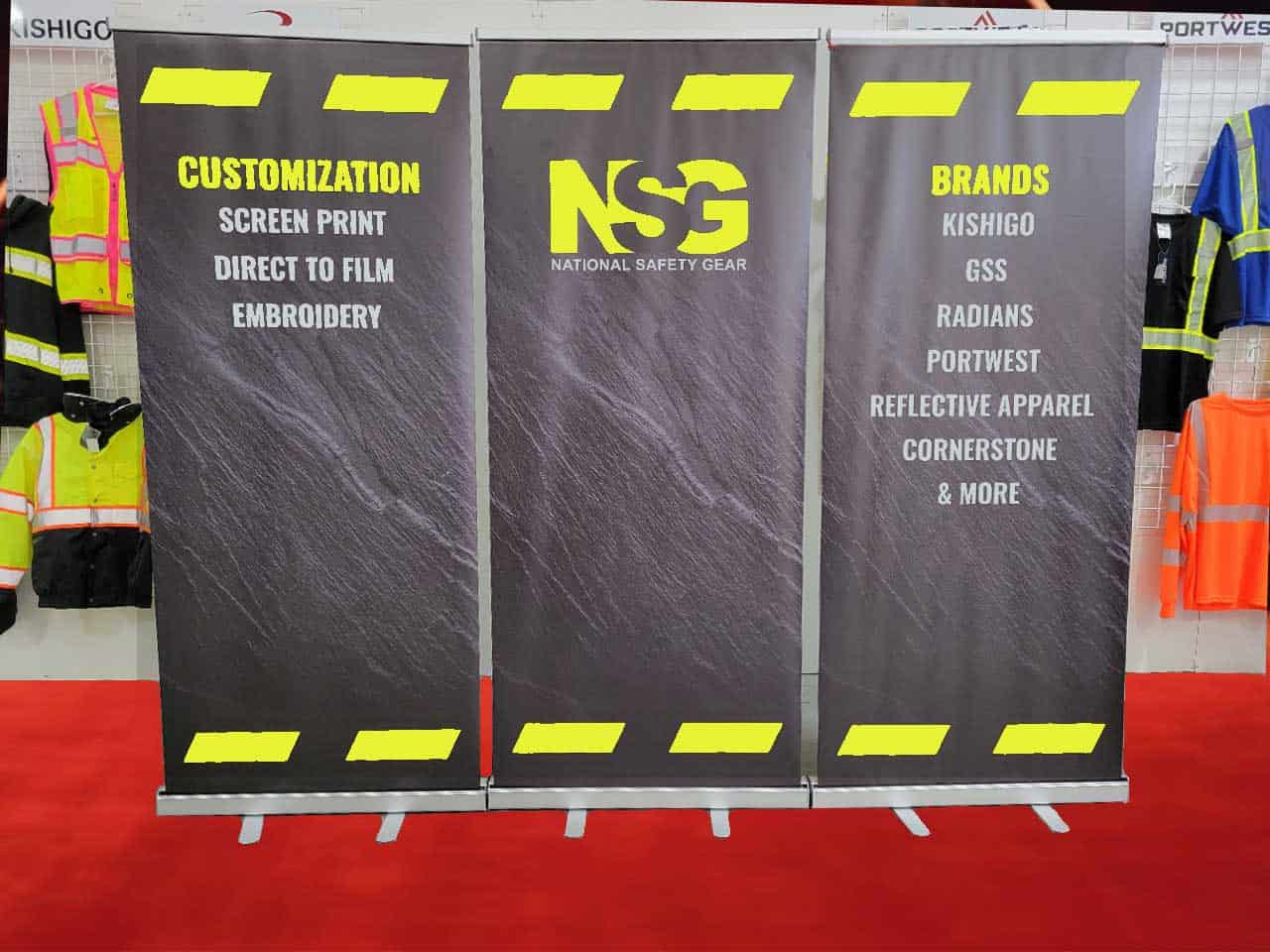During Vendor Spotlight, learn what drives your favorite vendors and see which items sell the best to help you make smart purchasing decisions. In this edition, we want to honor…
Factory Safety Tips Around Forklifts

Forklifts are fantastic machines that save a lot of time and back-aches and possess the horse-power to load and unload heavy boxes and pallets very easily. Loading and unloading delivery trucks is a veritable snap thanks to these horizontal/vertical devices – warehouses and factory floors are much cleaner and uncluttered since the advent of the forklift way back in 1917, and delivery and pick-up vehicles find their docking times considerably reduced thanks to these durable, ingenious vehicles.
Promoting Factory Safety for Your Workers
But it’s not all roses with the use of forklifts – injuries DO happen – surprisingly often actually. According to an OSHA safety management infographic on forklift safety:
- 11% of all forklifts will be involved in an accident – there are almost 856,000 forklifts in the USA alone – do the math.
- There are almost 35,000 serious injuries involving forklifts each year
- 85 employees are killed per year with an accident involving a forklift
- A full ten percent of those killed are pedestrians struck or run-over by the forklift
What can be done to make the co-labor situation between forklifts and human employees safer? The Canadian Centre for Health & Occupational Safety, offering these smart tips to prevent pedestrian-related forklift accidents.
- Separate the pedestrian and forklift traffic by creating designated walkways or travel ways.
- Restrict people from entering areas where the forklift is operating. If not possible, develop safe work procedures to protect workers when they must enter areas where forklifts are operating.
- Keep a safe distance from the forklift whenever possible.
- Pedestrians should always let the driver know they are in the area. Make eye contact with the driver to ensure your presence is known.
- Make sure the area is well lit and there are no obstructions.
- Be cautious near blind corners, doorways, and narrow aisles. Sound the forklift horn at intersections.
- Use high-visibility clothing, where appropriate.
- Limit forklift travel speed.
- Do not walk near or under raised forks.
- Do not load the forklift in a way that restricts the driver’s viewing area.
- Avoid driving forklift near areas where pedestrian traffic is high (e.g., lunch rooms, time clocks, entrances/exits).
We of course are partial to the seventh tip – Use high-visibility clothing, where appropriate. The use of bright-colored safety T-shirts and particularly, safety vests, is ALWAYS appropriate and easy to manage. Safety vests from NationalSafetyGear are easy to put on and take-off, don’t cause overheating or perspiration when worn indoors, can be shared amongst workers as needed, and are quite affordable.
Our lines of safety vests feature pockets for keys, ID cards and even small tools or tablets.
Forklifts will continue to evolve and serve in workspaces along with humans. Considering their potential speed and mass as well as the cargo they carry, it’s wise for supervisors, company owners and floor workers to be mindful of the potential dangers inherent in working alongside these versatile machines. Please do your part to protect yourself or your employees by following factory safety tips necessary for keeping humans safe as they labor alongside machines such as forklifts.




